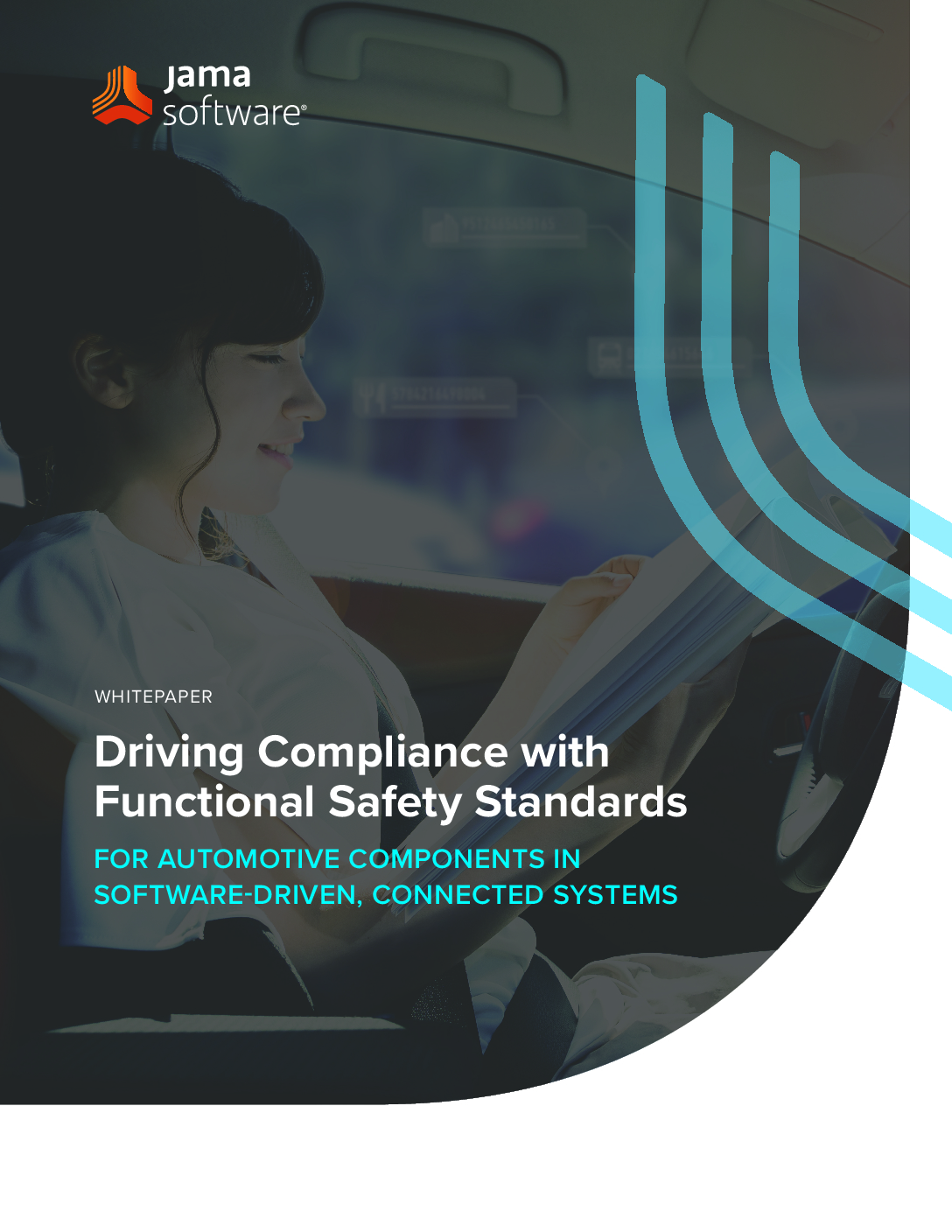
Driving Compliance with Functional Safety Standards
Today’s automobile is a technology hub on wheels, with connected systems and embedded software that offer everything from communications and route planning to automated driving functions such as collision avoidance and lane departure warning systems. Self-driving cars are not far off, with several automobile manufacturers expecting their fully autonomous vehicles to be on the road by 2021.
While it’s still too early to predict all the ways that driverless cars will transform our lives, there is certainly the huge potential for making driving safer and drastically reducing the number of traffic-related deaths per year. But before autonomous vehicles can improve safety, developers need to make sure the software itself is safe — that is, working correctly in every situation.
For that reason, many products for the automotive industry are now subject to both existing and future functional safety standards. These regulations — in tandem with the increased complexity of the systems themselves — present new challenges for product development teams, which must understand how functional safety specifications impact product life cycles in order to manage their tools and processes effectively.
This paper looks at the challenges companies face when addressing the intersection of functional safety and efficient, collaborative product development. It describes how a Fortune 100 semiconductor company is meeting these challenges for its automotive-related technology with an integrated and compliance-ready solution that streamlines the development of products that adhere to relevant functional safety standards.